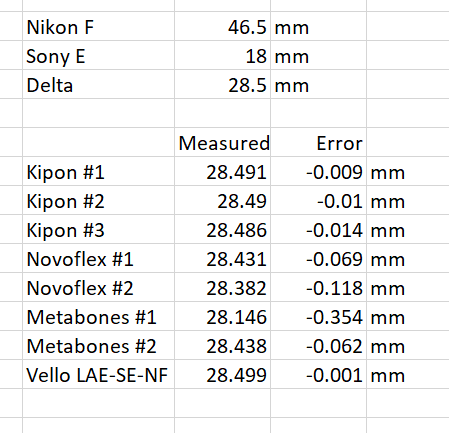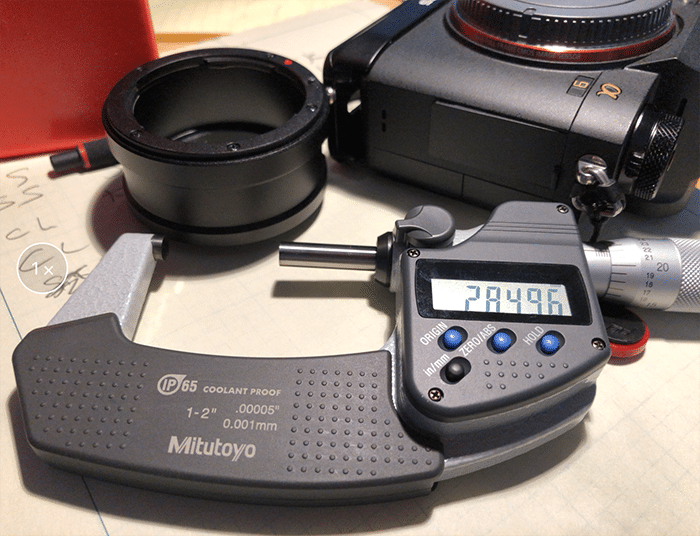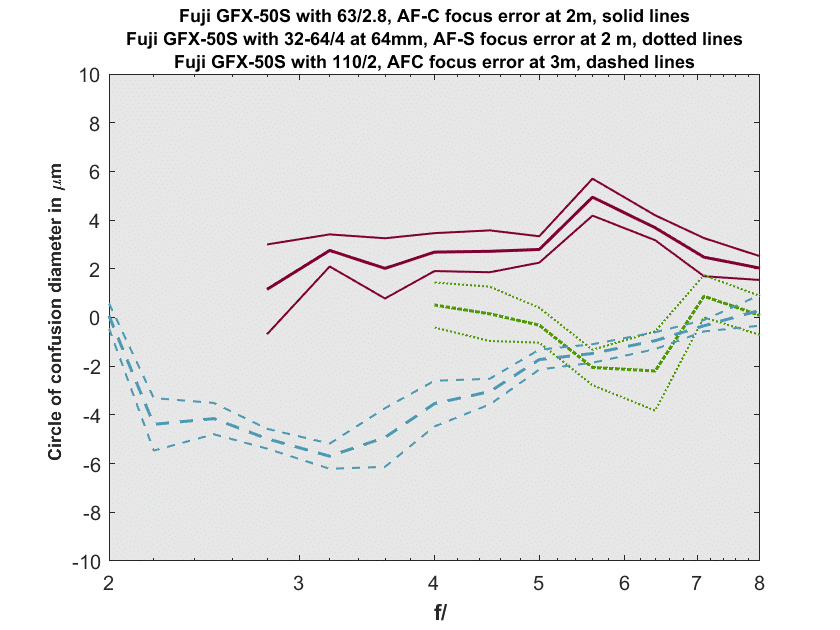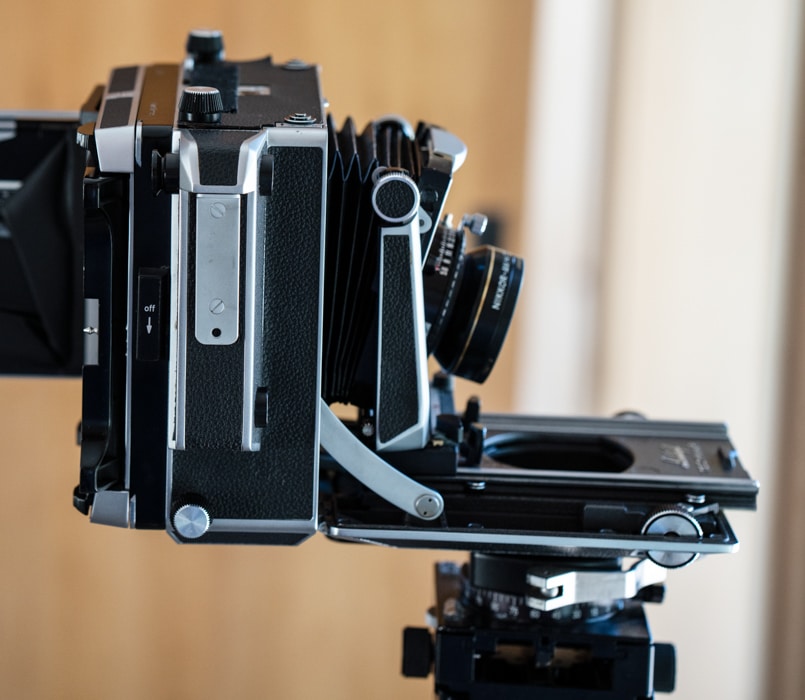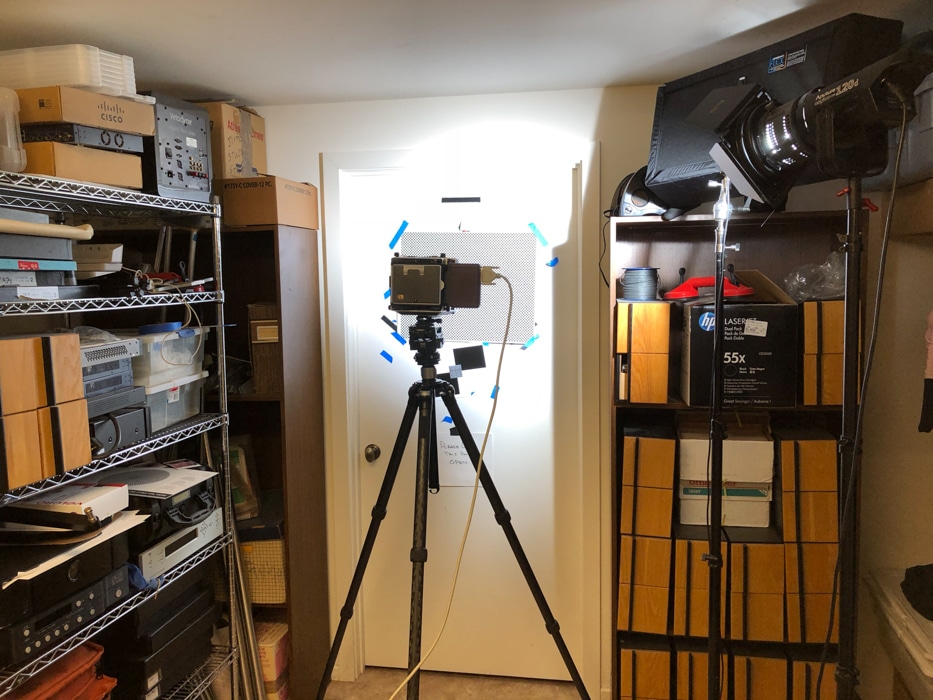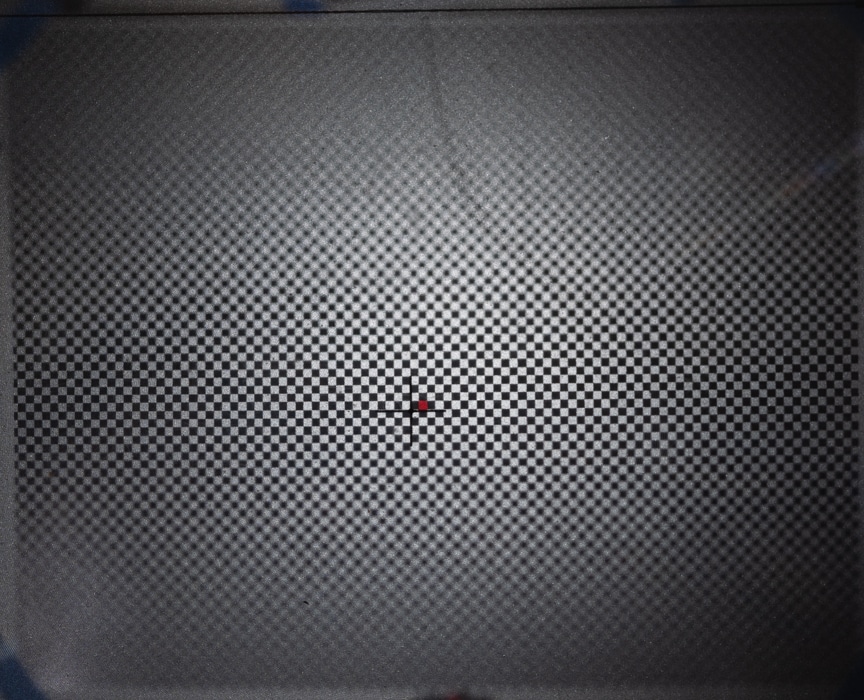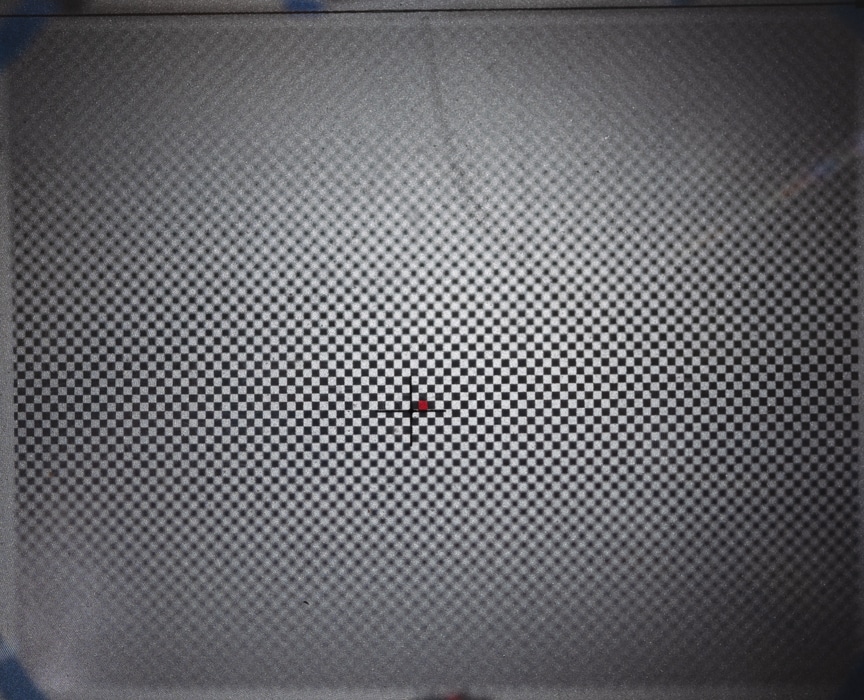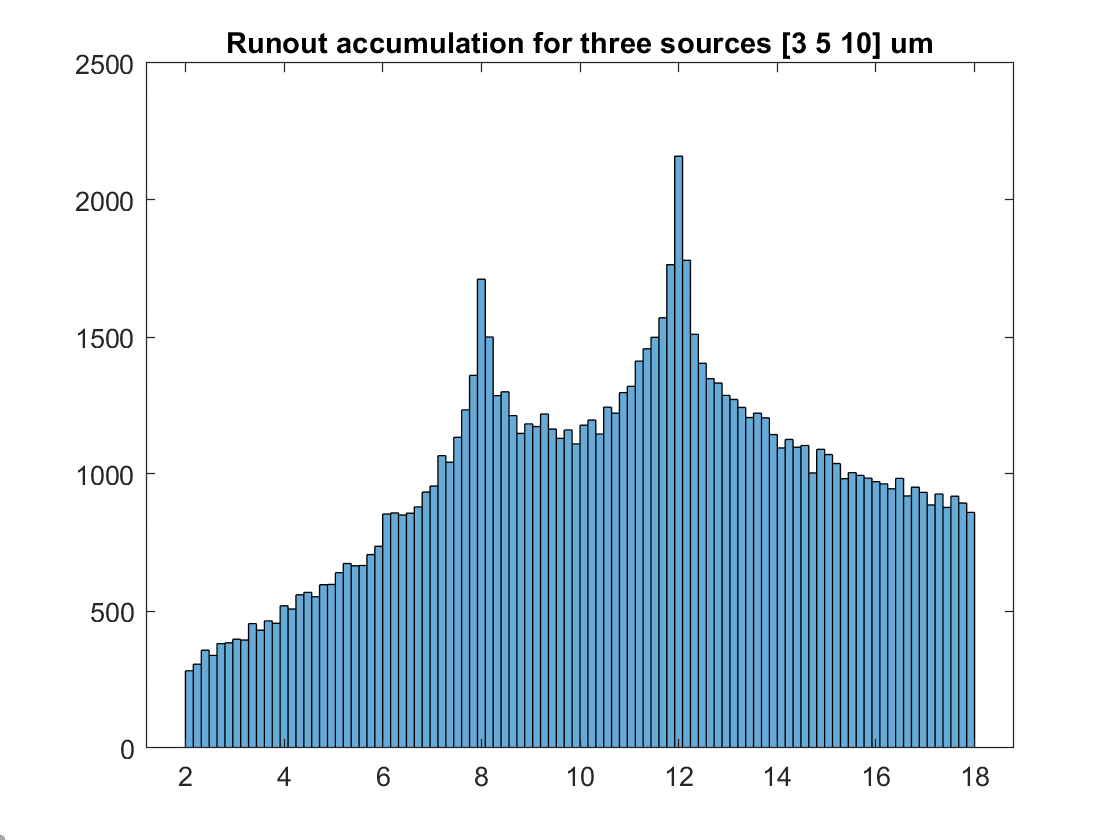Thanks for an interesting article series.
I started with my parents Minolta gear in 1980 and went to my own Nikon stuff in 82, but sold all my Nikon gear in 2004 and went digital with a Canon compact camera since I only used my images on the web, it was enough for the time being.
Soon after the release of the Panasonic G1 I got one, and ended up in a mixed Panasonic and Olympus m4/3 system.
In the autumn of 2015 I got me an A7RII and since a year also the A9 and I have some native lenses. I want to go over to the FE system fully but m4/3 still has some tricks that Sony don't do. I have sold what I can and replaced with FE were it was better, but still keep some m4/3 stuff.
Regarding adapted lenses I got all my parents old Minolta SR-mount stuff (MC/MD lenses) some years ago. Tried them via a noname cheap adapter on the m4/3 cameras but it wasn't much fun so I didn't use them much.
When I got the A7RII that changed and the old Minolta lenses suddenly became interesting. Not just that the old lenses fit better in their original field of view vs cropped on m4/3, but also the size compared to FE lenses makes them small, were they are big compared to m4/3 lenses.
Another factor is that it feels like they belong on a Sony since they bought Minolta. The circle is closed and I am again using the very lenses I first shot with at the age of 13 when starting with photography. But getting there wasn't easy.
My first adapter problem with the Sony was with the fairly expensive Metabones FE-SR mount adapter that I bough direct from them since no one here in Sweden had it at the time.
I thought that it was a precision piece since it was a known brand and a high price. The problem is that it draws metal flakes from the SR-mount side that ends up in the adapter tube. Luckily I noted this before using the adapter.
I am an educated mechanical engineer even though I work with it since 25 years, but some old "mech" knowledge still remains.
It took me a lot of research and checking on the Minolta bodys why this happens. And my conclusion is that the Metabones flanges are different than Minoltas original body design mount (which also looks a little different between the old bodys I have, so even they changed around some over time).
The main problem with the Metabones adapter is that the springs are very short and made of standard steel, not flexible spring steel. So they are thick and very heavy bent to add the necessary pressure that is needed and since they are short, all pressure comes on only one small contact point on the lens flange. And from that the metal flakes are drawn. If one bends the springs somewhat and looses them up, they stop draw metal flakes but also the lens starts to sit bad. So a bad construction it seems.
I then looked around at Amazon on other adapters and really studied the images on the SR-side mount side of them and noted that they all had different constructions of the flanges and spring system. I found one noname adapter with long springs that are built into the flanges (they are splitted and works as flange and spring), but the point of contact is long. And that is why I got that one.
It turned out that it worked well from that regard, no metal flakes, but some lenses didn't lock on. So I opened it and remade the locking mechanism that needed some adjustments with a small file and bending the curvature of the arm to position better.
I found the page of phillipreeve.net were there are much info about adapters and they suggested the Novoflex as the best. I emailed with Phillip and he hadn't had any problem with Novoflex so I called the company up in Germany and talked to them and they said that they didn't have any problem with their adapter. So I called the Swedish importer of the Novoflex and asked if I could return it if would cause problems and they said yes. So again I bought an expensive adapter and this time it works great. The lenses goes on like they are made for it and the adapter goes on the body the same way.
I bought some additional old Minolta vintage lenses on auctions to fill some holes in my parents lens line up and happened to get the K&F adapter with one of them. I had read that it was one of the better cheaper ones.
I started to compare my adapters I now had gathered and found that they were very much different made in terms of flare shielding. I test shot them in the same scenarios and every time the Novoflex came out the best.
I even painted the cheaper ones shiny black insides matt black instead, but still they flared some. Less when painted but still. The reason seems to lay in that the Novoflex aside from being matt black from the start also has a tube construction that shields the chrome parts from the SR-mount to be seen by the sensor were the cheaper ones exposes those parts.
I have checked all my adapters for length and they are all to short. They have all been fairly well in tilt though. I use a digital caliper to measure between the two mounts side all around that they are parallel.
I didn't really care about the shortness until I got a Minolta MD24/2.8 lens that performed bad in the corners. I read that it had a floating element and that it was sensitive to the distance from the image plane. So I shimmed the K&F adapter to the correct length and that improved the corners.
The most given measurement on the net for Minolta SR-mount is 43.50 mm, but some sources say: 43.72 mm. I did my shimmed adapter 43.5 mm and it seems my 24 mm lens hits infinity at the infinity stop. Maybe I will shim the Novoflex as well.
I also got me some M42 screw mount lenses and thought that I could use them on my SR-mount adapters and old film bodys via an M42-SR-mount ring adapter. The problem with those I have found are that they are chromed so they expose more visible chrome to the sensor.
I therefor also got some Fotodiox M42 adapters. The Pro version is good, matt black and shields the mount chrome well. One can't rotate the thread so the lenses can end up not having the scales up but that is a minor problem.
One noname M42 adapter I found could rotate the mount but that part is chromed and can be seen from the sensor and also it doesn't have a stop ring for the aperture pin so the apertures are stuck on wide open on some lenses.
Back to Minolta SR-mount: Fotodiox has an interesting adapter called Stretch which has a built in Helicoid that can be screwed out and used for macro shooting. Works better than extension tubes since it is fully fine adjustable in length and not in large steps. It also came with three different ND-filters that one can pop in in the back. They are held magnetically. Not sure I trust that fully though, don't want to have a filter come loose and hit the sensor. And with the high shutter times available on the FE bodys I don't need them (video people might think different).
I found a similar noname Helicoid adapter construction from FE-M42 which was even longer in the Helicoid so I got that one but it draws grease on the inside of the tube. Bad construction or over greased. One day I need to open it and see if I can solve that and after that start to use it, I don't want grease on my sensor.
So to end this long text, adapters are not just simple tubes.
--
Best regards
/Anders
----------------------------------------------------
42 Megapixels is the answer to life, the universe and everything.
You don't have to like my pictures, but it would help:
http://www.lattermann.com/gallery
